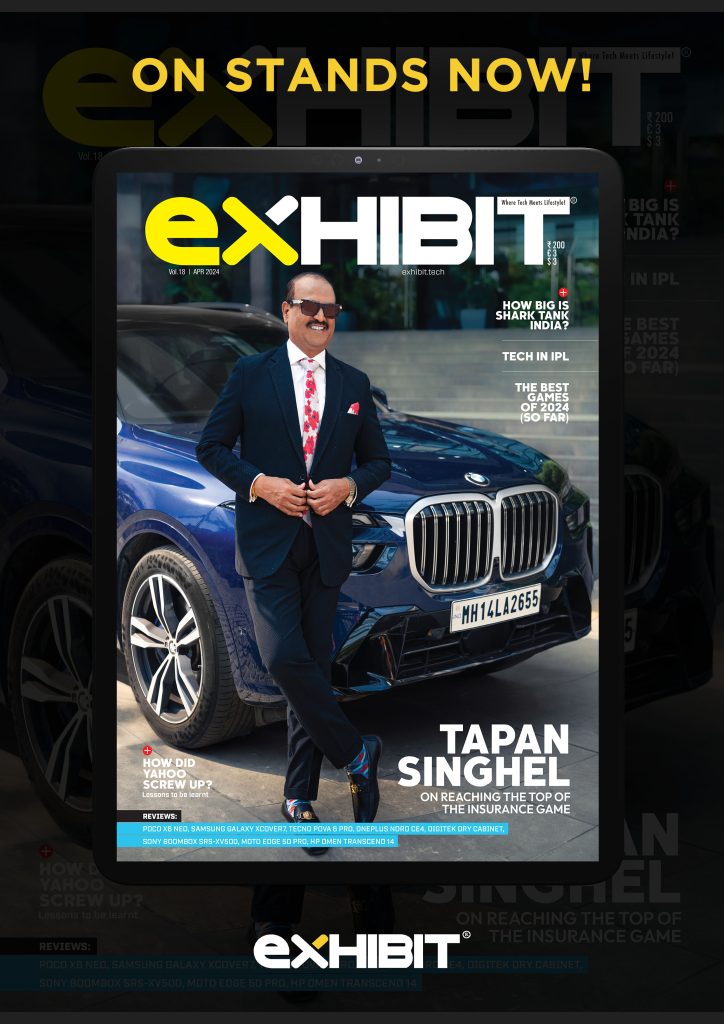
Change is the only constant, and social media influencers are the latest example of this thought. Earlier, brands were desperate to sign celebrities to promote their products as celebrities were the centre point of what people would follow. In recent times, a lot of things have changed due to the circumstances.
Influencers came into the marketing world when brands realised collaborating with 100 influencers has more benefits than signing one celebrity for a year. It saves time and money and also allows products to reach an audience it deserves. Handing over a product to influencers for collaboration always works in the favour of the brand.
Why Influencers over Celebrities?
With the increasing popularity of social media platforms such as Instagram, YouTube, Facebook, and Twitter, individuals started gaining substantial followings and building their personal brands online. These individuals (often called influencers) can connect with their audiences on a more personal level compared to traditional celebrities.
Influencers gained credibility by sharing their personal experiences, stories, and opinions. Their content often came across as more authentic and relatable, fostering a sense of trust among their followers. This authenticity made their endorsements of products and services more impactful compared to traditional advertising methods.
The rise of social media influencers is a result of the evolution of digital marketing and changes in consumer behaviour. Every influencer has its niche, such as fashion, beauty, fitness, travel, and technology, which allows brands to collaborate with them by aligning with their target demographics.
Apps like Instagram made the lives of marketers easier than ever as it allowed them to track engagement metrics, reach, click-through rates, and conversions. Social media enabled influencers to have a global reach and acted as a source for brands seeking to expand their market presence beyond their local regions.
The Rise of Influencer Marketing in India

With a population of over 1.5 billion, reaching out to the ground level wasn’t an easy job for brands promoting their products in India. Earlier, they preferred popular celebrities, but in recent times, they have shifted their gears towards influencers. Today, 85% of the brands in India are following influencer marketing as a primary marketing strategy.
Influencer marketing thrives on the power of relatability, and content creators are one of the most favoured options instead of traditional TVCs. In India, where interpersonal relationships and word-of-mouth recommendations hold immense value, the transition from traditional ads to influencer-led endorsements has been seamless.
Today, 71% of the Indian population own smartphones, and affordable data plans, it has paved the way for a social media revolution. Platforms like Instagram, YouTube, TikTok (prior to its ban), and now Reels and Shorts, have become breeding grounds for content creators, influencers and even everyday individuals.
Benefits of getting your brand into influencer marketing
With myriad languages, ethnicities, and regions, influencers can speak directly to niche audiences while still maintaining a broader appeal. From rural storytellers to urban tech enthusiasts, influencer marketing provides a platform for peers who may not have been heard through traditional advertising methods.

Building Trust and Credibility
Influencers mint profound connections with their followers, a feat brands often struggle to achieve. Influencers cultivate communities of like-minded individuals who trust them for guidance in life and product recommendations through their active engagement via comments, stories and chats.
Influencers collaborate with the brands and present the products to their followers as a trusted option. When brands send their product sample to influencers before proposing a collaboration, they request them to try out the products. If they genuinely appreciate the product, then discussions regarding a collaboration can ensue.
Enhancing Brand Awareness and Consumer Engagement
To gain widespread recognition, partnering with influencers boasting great followings is the swiftest route to gaining prominence in the market. However, the creator must craft captivating content to engage followers and encourage them to explore the brand. The influencers can get engagement through contests, giveaways, live Q&A and more.
Implementing Targeted Outreach
While macro and celebrity influencers are well-suited for strengthening brand visibility, nano and micro-influencers are instrumental in helping brands target niche audiences. Smaller creators frequently boast higher engagement rates than their more prominent counterparts, translating into enhanced trust and credibility with their audience. Brands can benefit from the types of audiences to implement targeted outreach.
Enhancing SEO Rankings
One often-overlooked advantage of influencer marketing lies in its potential to bolster SEO rankings. When influencers with wide reach share your website, they provide the valuable backlinks needed to secure a prominent position on Google’s coveted first search results page. Additionally, incorporating influencer and user-generated content (UGC) enhances the appeal of your website to visitors. The more engaging users find your content, the more time they are likely to spend on your site, prompting Google’s site crawlers to view it more favourably.
Sharing Your Brand Story
Numerous influencers have built their careers by narrating the stories of their lives, making them well-suited to convey your brand’s narrative. Every brand possesses an origin story, and revealing yours offers audiences an engaging opportunity to learn more about your brand and products in a natural and enjoyable manner.
Top five most popular content formats among marketers:
- Instagram stories: 85%
- Instagram posts: 78%
- Facebook posts: 55%
- Instagram Reels: 49%
- YouTube Shorts: 45%
Valuation
The global influencer market exhibited a noteworthy valuation of USD 13.86 Billion in 2022 and is expected tp achieve USD 140 Billion by 2030. This anticipated growth signifies a compelling Compound Annual Growth Rate (CAGR) of 33.4% during the forecast period spanning from 2023 to 2030. The influencer marketing sector has witnessed exponential expansion in recent times.
In India, the influencer marketing industry showcased a robust performance in 2022, with a valuation surpassing 12 billion Indian rupees. Projections indicate a substantial compound annual growth rate of 25 per cent over the ensuing five years. Consequently, the industry is forecasted to attain a market value of 30 to 35 billion Indian rupees by the year 2028.


